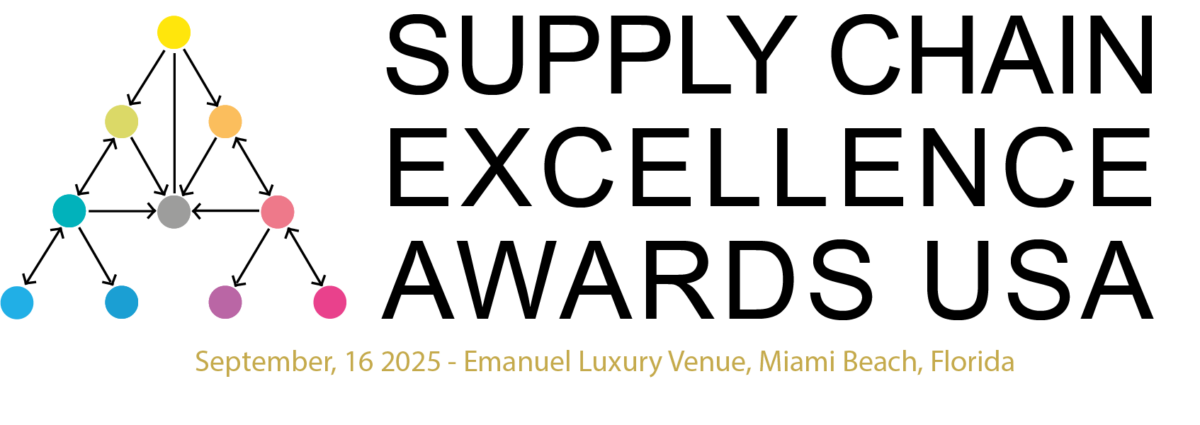An international supplier of healthcare products is already seeing the benefits of a new automated system at its new distribution centre. The new system has enabled the company to achieve substantial increases in efficiency, reductions in picking error and stock levels, and better us of space within the distribution facility.
The system, designed and installed by Intelligent Distributed Controls (IDC), comprises “unique” intelligent barcode readers (IBRs) to track and route multiple trolleys. Installation of this system has halved the hardware, cabling and software costs of the new flagship automated logistics operation, compared to a centralised control solution for doing the same job.
IDC’s distributed control system, extending to over 1400 I/O and costing upwards of six figures, has been installed at the new distribution centre in the Midlands as part of an overall project awarded to Moving IT’s A/S, an international specialist in all aspects of product handling, transport, sortation, picking and storage. Moving IT’s client provides a range of specialist healthcare products including bandages and dressings, which are much in demand by health authorities right across the UK.
The aim of the project was to meet this demand by ensuring that all types of orders could be handled – picked, consolidated, packed and despatched – as efficiently as possible, without losing sight of the flexibility for which the company has become known. An addition requirement was that the products should be stored as compactly as possible without compromising personal access.
The key design decision in addressing all of these requirements was to build the logistics system on three levels. The bottom level is laid out as a consolidation, packaging and despatch area, while the first mezzanine level accommodates order commencement together with multiple picking zones. The top level is laid out with additional picking zones, and offers the possibility of future expansion for a further six picking zones.
The logistics system is a closed circuit in which specially designed product carriers (trolleys) travel, via a continuous, PLC-controlled, overhead conveyor system, across the three floors, with areas for picking, cutting, and packing, consolidation and despatch.
Orders are automatically initiated on the first or second mezzanine level. An empty trolley or train of trolleys is sent to the ticket printer where an order (or orders) is printed and despatched automatically into each trolley basket as it passes the printer.
Each trolley is then routed to picking zones and cutting areas where product is picked for the respective orders. If a picking zone is busy, the trolley is automatically routed on to the next zone from which items need to be picked. When the first zone is free again, the trolley automatically returns to it, obviating unnecessary waiting time.
Once an order is complete the trolley is automatically sent down to the consolidation buffer located at the ground level. Here, in conjunction with a so-called single trolley order, it is possible for the trolley to bypass the buffer and be sent directly to one of the five packing stations. Operators are able to monitor this procedure and to track the status of each single order in real-time. Finally, empty trolleys are sent from the packing stations back to the first mezzanine level where they are buffed ready for further order commencement.
Normally with a logistical system of this type, working on three levels, the complexity of the control system, especially in terms of cabling and software, would be considerable. However, IDC has overcome this problem with a unique system employing three IBR networks communicating, via low cost fibre optic links, to 52 distributed IBRs on the three floors.
Processing orders
Each IBR has its own integral microprocessor, communications, and local inputs and outputs to detect switch states and control solenoids to divert trolleys around the system. The high level of integration and intelligence provided by these units dramatically reduces system hardware costs, especially in comparison to systems using separate barcode readers with standard PLC’s and separate communication networks. The IDC distributed intelligent system also provides additional benefits in terms of reduced cabling and installation times, and also in terms of the modular reusable software system employs.
The IBR’s are indirectly linked to a high performance dual processor PC, which employs an Oracle relational database. The PC interface receives, validates and processes orders sent from the Warehouse Management System (WMS), and allocates the quantity and route assignment of each trolley according to predetermined algorithms.
The IBR’s communicate over a low cost polymer fibre optic network, which provides a high degree of electrical isolation and noise immunity. They continuously report on the position of each trolley in the system are updated with trolley routing tables to enable them divert to transfer trolleys and route individual orders to picking and cutting stations and final despatch according to the latest order being processed.
When a trolley approaches a junction the presence detector in the IBR senses it and switches on the barcode laser scanner and reads the trolley barcode. The onboard microprocessor then checks the barcode against the route look up table of barcode numbers already downloaded over the communications link from the central PLC. If the trolley requires diverting, the IBR relay output energises the divert solenoid to transfer the trolley to the next section of overhead conveyor powered rail. Divert is then confirmed by a limit switch, then the IBR relays the result to the PLC, which tracks the trolley position in real time.






